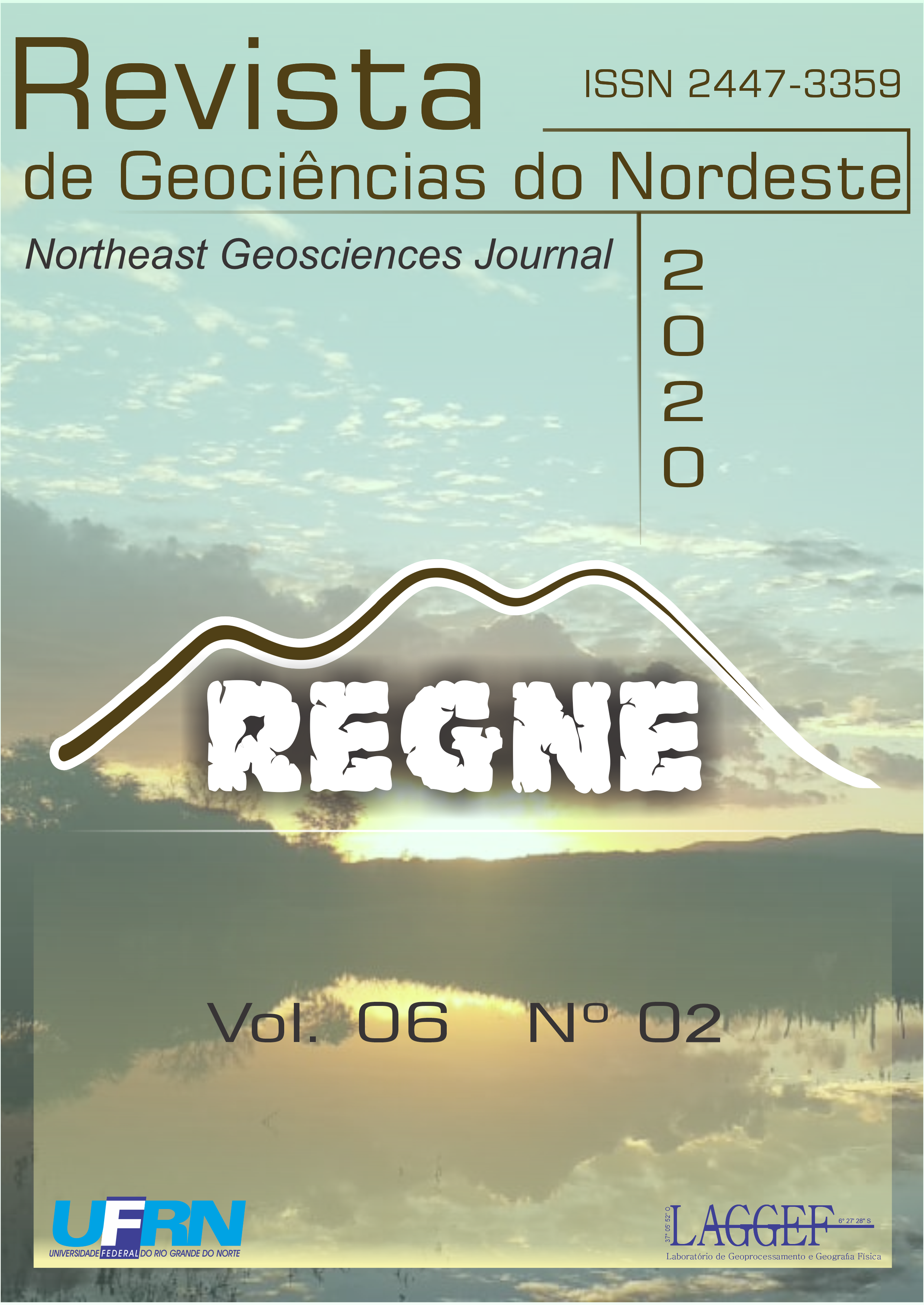GEOMORPHOLOGICAL FACTORS IN THE CONTRIBUTION OF THE OCCURRENCE OF EROSIVE PROCESSES AS ROADS OF THE TO-445 ROAD, MUNICIPALITY OF MIRACEMA-TO
DOI:
https://doi.org/10.21680/2447-3359.2020v6n2ID19065Abstract
Erosive processes are phenomena in which unconsolidated materials from the earth's crust are broken down and transported by agents of nature such as water, wind and ice, they can be accelerated or caused by anthropic actions. The present work consists of the survey of geographic data that allows an analysis of stretches more prone to the treatment of erosive processes such as the margins of the TO-445 highway, between the cities of Miracema and Lajeado do Tocantins, in the state of Tocantins. Seeking to understand how variables of the physical environment, interactions and activities in the development of erosions close to the highway and how pathologies (defects), have an asphalt layer of the road, were performed or bibliographic survey and data analysis made available by SEFAZ, TOPODATA and INPE, the following data being processed using geographic information systems (GIS) using the QGIS software. As areas with the presence of erosive processes, they were identified by means of geoprocessing using satellite images via Google Earth Pro. Through the correlation between vertical and horizontal curvature maps, terrain shapes, slope, hypsometry, geology, geomorphology, soils and use and occupation, it was possible to use the behavior of factors that influence and cause processes of erosion such as the margins of the highway, as well as the points most prone to the appearance of pathologies in the lane of the highway under study.


 Português (Brasil)
Português (Brasil) English
English







